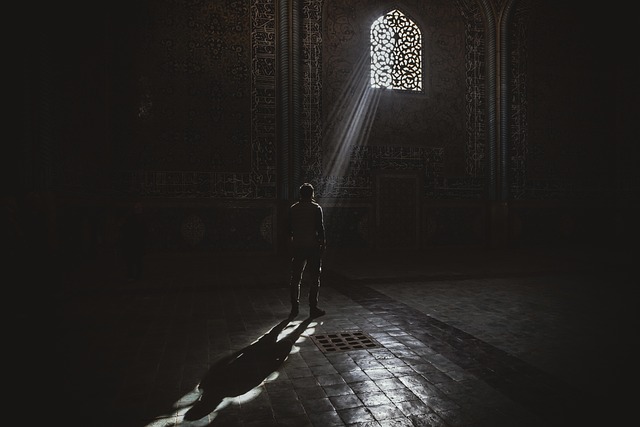Architectural photography is a unique genre that requires not only an eye for detail but also a solid understanding of lighting. Capturing the perfect shot of a building is more than just pointing your camera and clicking; it’s about understanding how light interacts with structures and enhancing their innate beauty. Here are some essential tips to elevate your architectural photos through optimal lighting.
First and foremost, timing your shoots is crucial. The golden hour — shortly after sunrise or before sunset — bathes buildings in a warm, soft glow that can enhance textures and colors. This natural light creates appealing shadows that emphasize architectural elements. If you’re keen on shooting during the day, consider overcast days, as clouds diffuse sunlight and prevent harsh shadows that could detract from your photographs.
Utilizing your camera’s settings effectively is vital. For architectural photography, a wide-angle lens is often preferred; it allows for capturing entire buildings and their surroundings. Adjusting your aperture can also dramatically change the final output. A lower f-stop can create a creamy bokeh effect, concentrating attention on a particular aspect of the architecture, while a higher f-stop ensures greater depth of field, allowing multiple elements to stay in focus when needed.
Additionally, consider the angle of your shots. Sometimes, stepping back and shooting from a distance can entirely change a photograph’s composition and relationship with the environment. Conversely, shooting from lower angles can make buildings appear grander, as they tower over you. Experimenting with perspectives can add layers of intrigue to your images.
Pay attention to reflections and shadows created by surrounding objects. Architectural photography is as much about what isn’t there as it is about what is. Reflections in glass façades or patterns created by shadows can add an artistic touch to your shots. Using a polarizing filter can help you manage glare and enhance the sky’s color, adding depth to your images.
If you are shooting indoors, particularly in spaces with striking architecture, the type of lighting becomes especially crucial. Ambient light, from sources like windows or skylights, can produce a natural feel to your images. However, combining that with artificial light sources may enhance textures and materials, so keep an eye on the balance and temperature of the light. The use of a tripod is recommended in dimly lit situations to ensure stability and mitigate blur. A longer exposure can help capture architectural details without compromise.
Understanding the architecture’s narrative is important as well. Every building has a story and understanding its elements can guide you in emphasizing the right aspects. Ensure your lighting choices align with the mood you want to convey — whether it’s the modern sleekness of a corporate tower or the rustic charm of a historic church.
In architectural photography, patience and practice are key. The more you shoot, the more natural light manipulation and camera settings will become to you. Embrace the process of experimentation. Conditions might not always be perfect, but even harsh light can yield striking results when approached creatively. With the right mindset, the journey of mastering architectural photography becomes Just as rewarding as capturing the perfect shot.




